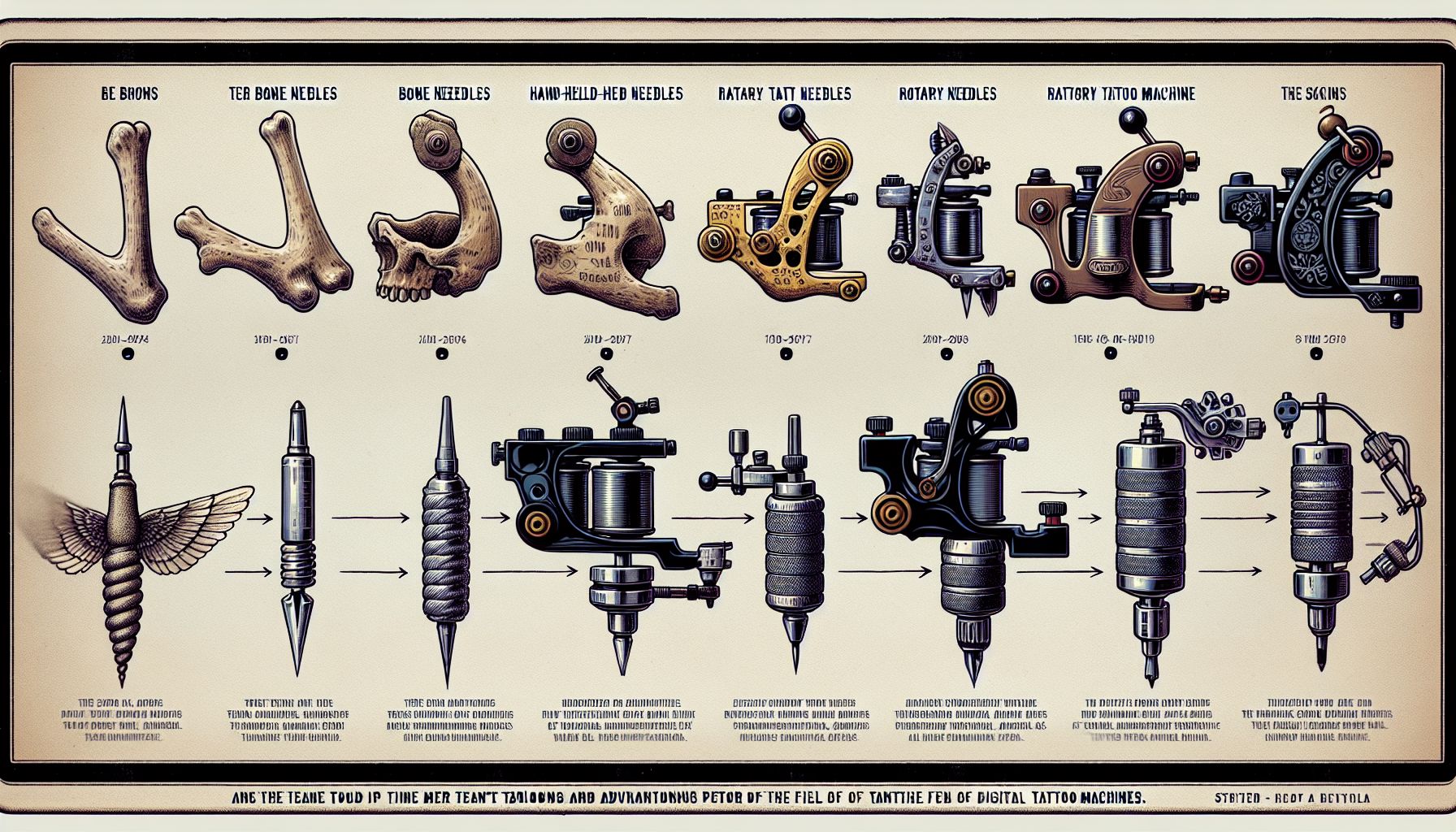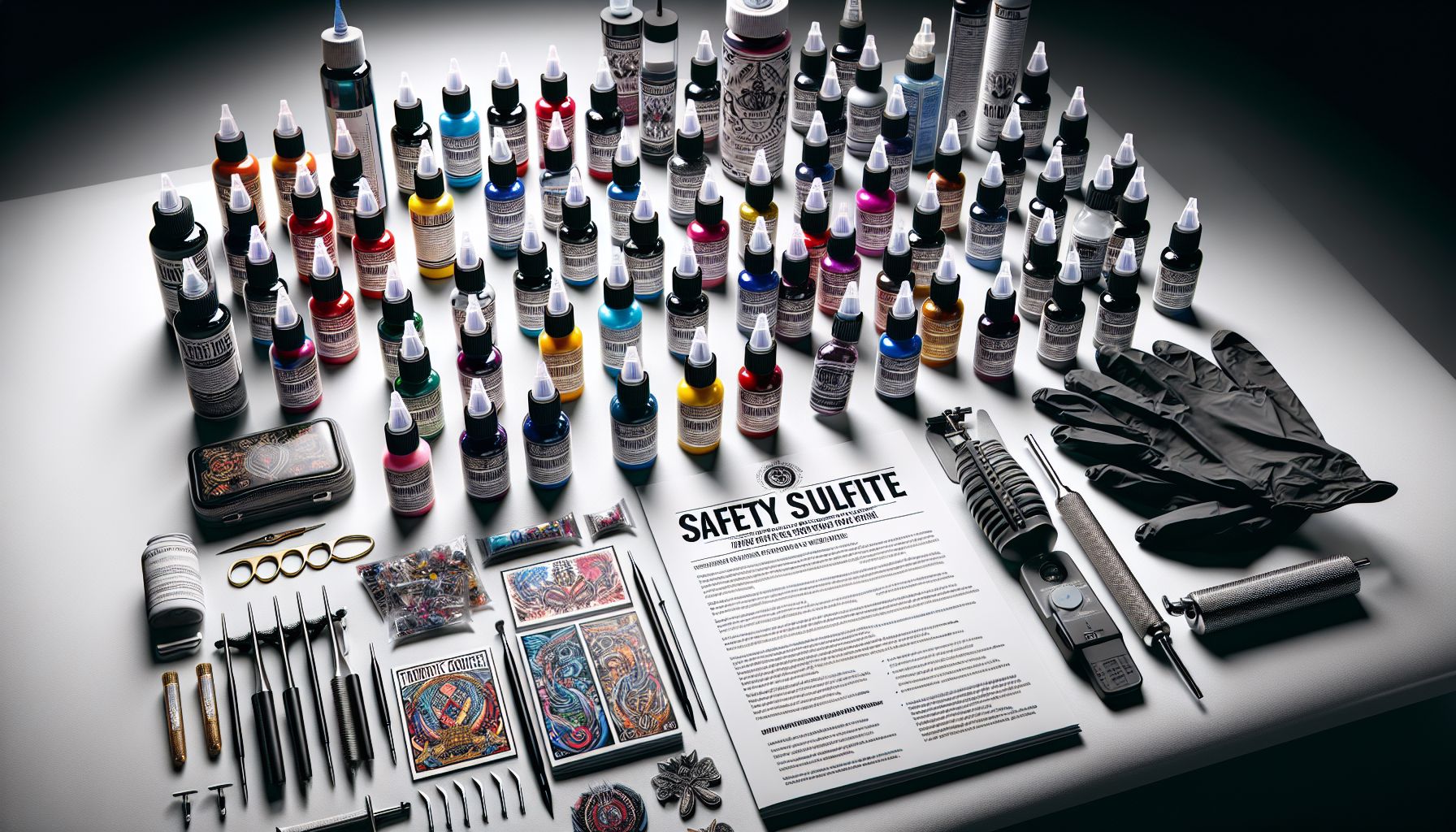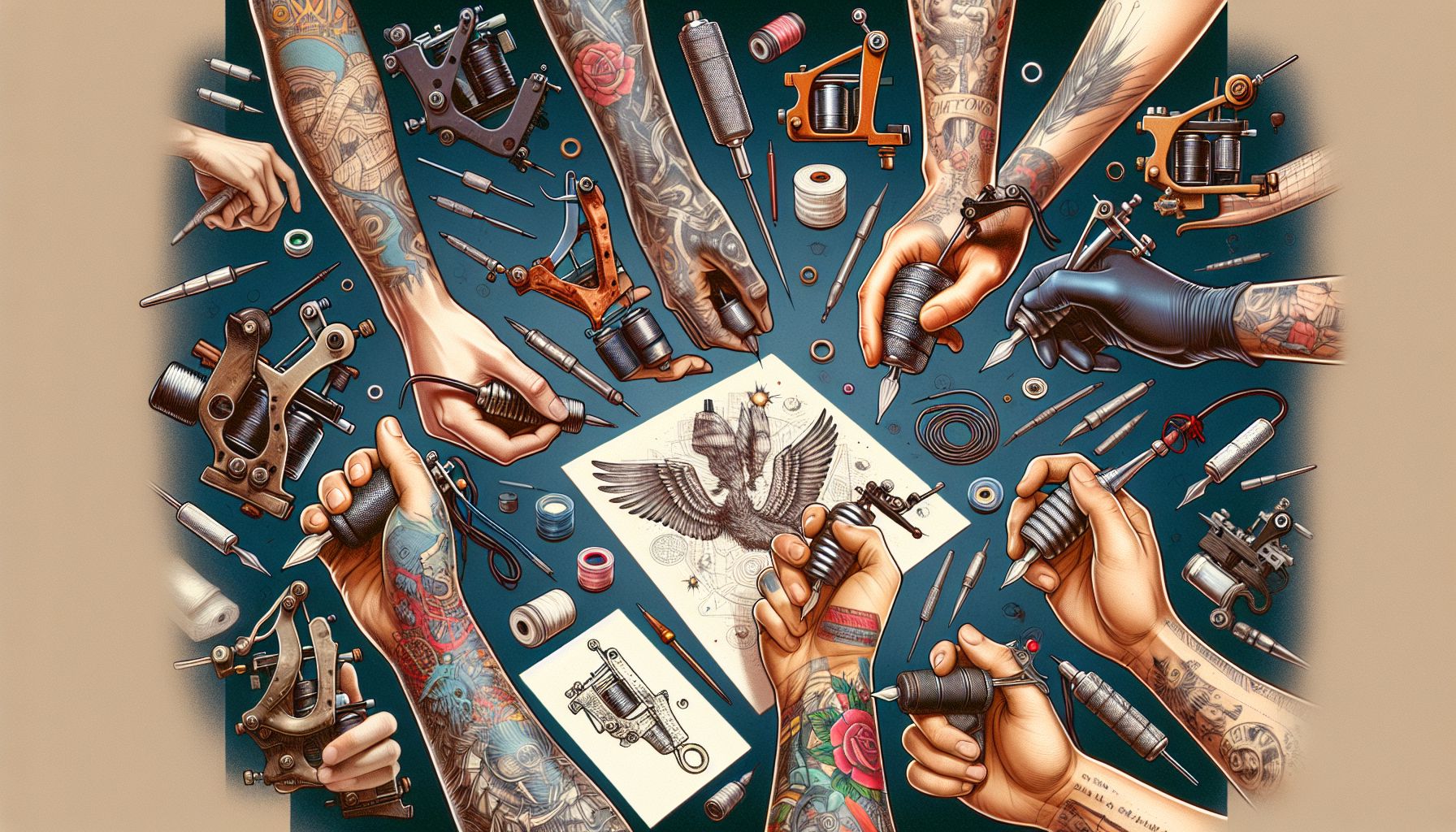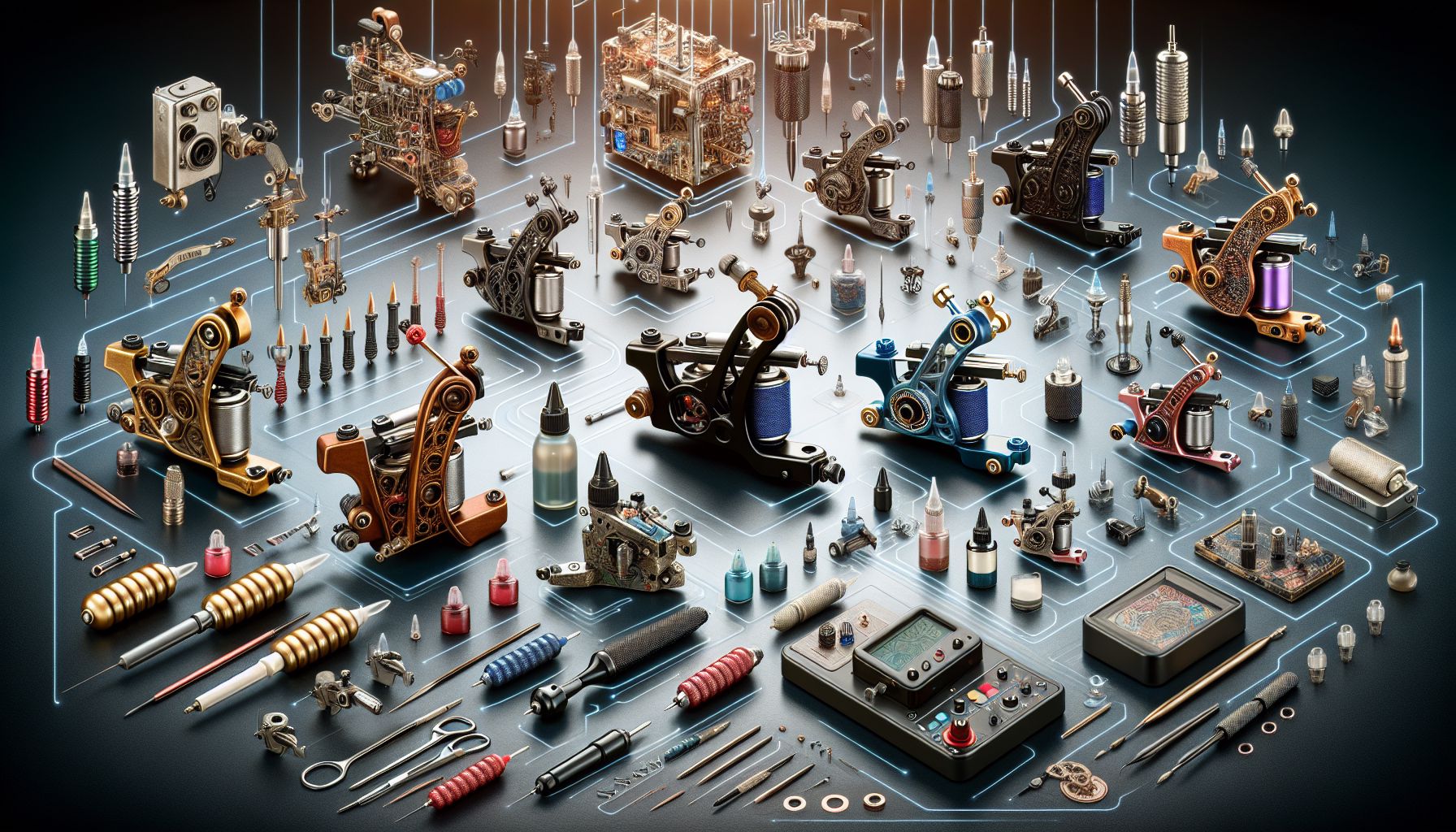Tattoo artists are recognized worldwide for their ability to deliver captivating and ever-lasting art, via needles and ink. With the tattoo industry growing rapidly, there’s an increasing demand for high-quality tattoo supplies. Professional tattoo equipment forms the heart of this vibrant industry, but none more crucial than the tattoo machine itself.
Understanding the importance and evolution of the tattoo machine can assist any tattoo artist in their journey of delivering heart-stopping, jaw-dropping art. Our focus today is uncovering the depth and layers of the tattoo machine, analyzing its development over time, and determining the top options available today. So let the needle hit the skin, as we journey into the heart of tattoo supplies.
Tattooing: From Sticks to Technology
The oldest discovery of tattooing tools dates back over 12,000 years. Simple, almost crude, these ancestors of today’s tattoo machines were nothing more than sharpened bone or rock sticks that pierced the skin to imbue the ink. The intention and result remained the same: to create art embedded on the skin. But the process was painstakingly slow, painful, and imprecise.
The modern tattoo machine, as we know it, came to light in the late 19th century. Samuel O’Reilly, a New Yorker, patented an electric machine that used a rotating needle system. This invention forever transformed the tattoo industry by significantly speeding up the process, improving precision, and reducing pain.
Since then, tattoo machines have evolved immensely. We’ve made shifts from a single needle system to coil machines, to now digital rotary machines. Each evolution has brought with it improvements in precision, speed, and eliminated the possibility of human error.
Deciphering the Tattoo Machine
Just like a paintbrush to a painter, a tattoo machine is the extension of a tattoo artist’s hand. Hidden within the casing of the machine are the heart and soul of what forms this important tool: the needle, tube system, electric motor, and grip.
The electric motor powers the needle’s movement, which dips into the ink to then puncture the skin. The tube system helps manage disposal of extra ink and any blood or fluid that emerges during the process. The grip provides the artist with full control of the machine, leading to accuracy and comfort.
Top Tattoo Machines in Today’s Market
Choosing the right tattoo machine can make the difference between creating a masterpiece and delivering an average piece. Two of the most highly recommended choices are the Cheyenne Hawk Pen and the Bishop Rotary Fantom Machine.
The Cheyenne Hawk Pen stands out for its ergonomic, pen-like design and extreme precision, making it a favorite among portrait and realism tattoo artists.
The Bishop Rotary Fantom Machine, on the other hand, shines with its exceptional balance and virtually no vibration, making it suited for longer tattoo sessions.
Both machines represent the crescendo of tattoo supplies evolution, designed for artists who don’t compromise on their craft.
Parting Thoughts
Whether you’re a seasoned tattoo artist or a rookie eager to make a mark, understanding the history and evolution of the tattoo machine is essential. With countless options in tattoo supplies now available, determining the right tool requires patience, research, and often trial and error.
The most successful artists deeply understand their tools and adapt to the changing landscape of tattoo supplies. They know that tools like the Cheyenne Hawk Pen or the Bishop Rotary Fantom Machine bring them closer to perfecting their craft.
Tattooing may have started with simple sticks, but today, tattoo artists are no less than surgeons, performing art with surgical precision using tools that are the product of centuries of evolution. The mastery of these tools, understanding their history, functionality, and potential, can be what distinguishes a good tattoo artist from a great one. After all, to create art that lasts a lifetime, the tools of creation must be nothing short of exceptional.



